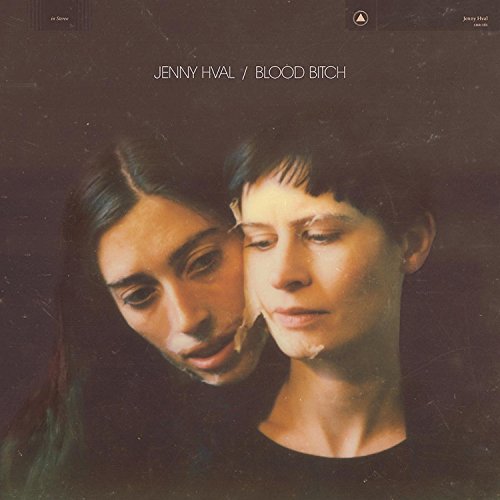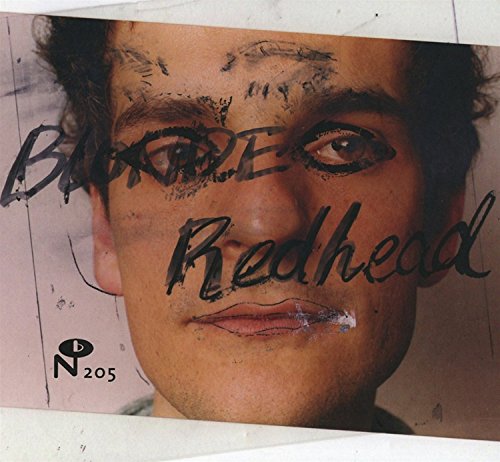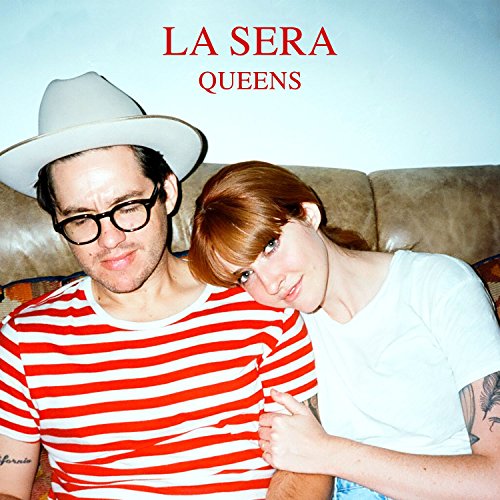Radio One More Time: 1FM
Every week, tucked in the corner of the radio listings in Radio Times was a tantalising mystery item. We say "every week", although to be honest we only ever bought the Radio Times at Christmas, so we take it on faith that it was always there:
Radio 1/2 VHF.
This strange hybrid network appeared to consist entirely on "as Radio 1" and "as Radio 2", but every so often would actually feature entirely separate programmes, all of its own.
As I got older, the truth became clearer - Radio One and Radio Two shared a VHF network, with the signal switching between the two networks at pre-arranged points; this listing merely told fancy Dans with stereo radios which service would be broadcasting in what Bruno Brookes would always insist was "fantastic stereo" at any point in the day. Sometimes, when Radio 2 was entertaining evening sports broadcasts, the VHF channel would adopt a third persona, carrying the displaced music programming of Radio 2.
Even as I got older, though, I still couldn't quite work out why this state of affairs existed - if Radio One was the nation's favourite, why didn't it get an FM network of its own? And even if it had to share, why did the more popular network only get a couple of hours every day? At the end of the day, too. Now, I love the irony that Radio One would wait all day for the magic stereophonic transmitter, only wresting control just as John Peel's show came on at 10pm. Perfect aural reproduction, just in time for the Bogshed session.
Eventually, of course, Radio One slowly got its own network. Way too slowly, in fact, as the staggered switch-on seemed to run on for about two years - there is nothing more nonplussing than listening in a place firmly stuck on 1053/1089 as Philip Schofield excitedly turned on FM transmitter after FM transmitter.
In the end, though, the FM coverage was complete - The Stereo Sequence changing its name to the Saturday Sequence to indicate that, now, at last, even the Early Breakfast show was coming out of both speakers and stereo was no longer such a big deal. Although, having said that, every jingle was re-recorded to stress this was now Stereo Radio One. And, come to think of it, they changed the name of the network to 1FM ("formidable One FM", as John Peel would always have it) until, after a couple of years, they quietly changed it back.
But that wasn't the end of switchover madness. Oh, no: Thatcher had decided that simulcasting was a waste of the scarce national resource of radio frequencies. While local radio panicked and launched a slew of Gold Stations to make good use of their AM channels - a ruinously expensive exercise which doubled their costs without increasing audiences, leading to the mess of mergers and networking which effectively killed off the commercial radio sector - the BBC handed back their duplicate AM wavelengths. After a series of warnings, and a weaning process which saw the transmitters first closing down over night before going altogether, Radio One left its spiritual 275-285 home to make way for Talk Radio UK.
Worse, Radio One's original 247 frequency, which had been home to Radio 3 and Test Match Special, would become Virgin 1215.
[Part of Radio One More Time]









1 comment:
"Formidable 1FM" was a latterday Alan Freeman catchphrase after his return to the network: if Peel used it it would have been half-sardonic, half-homage.
A large part of me thinks Radio 1 gaining its own FM frequency was an important event in the story of pop's social context in Britain: the moment when it grabbed centre stage, would no longer be treated as inferior by protocol.
Post a Comment
As a general rule, posts will only be deleted if they reek of spam.